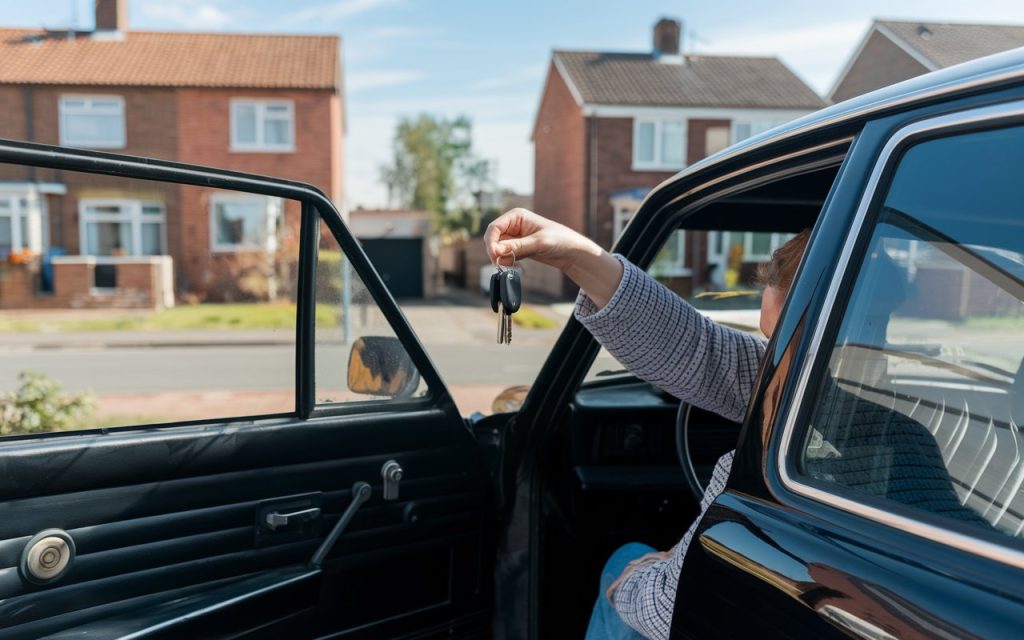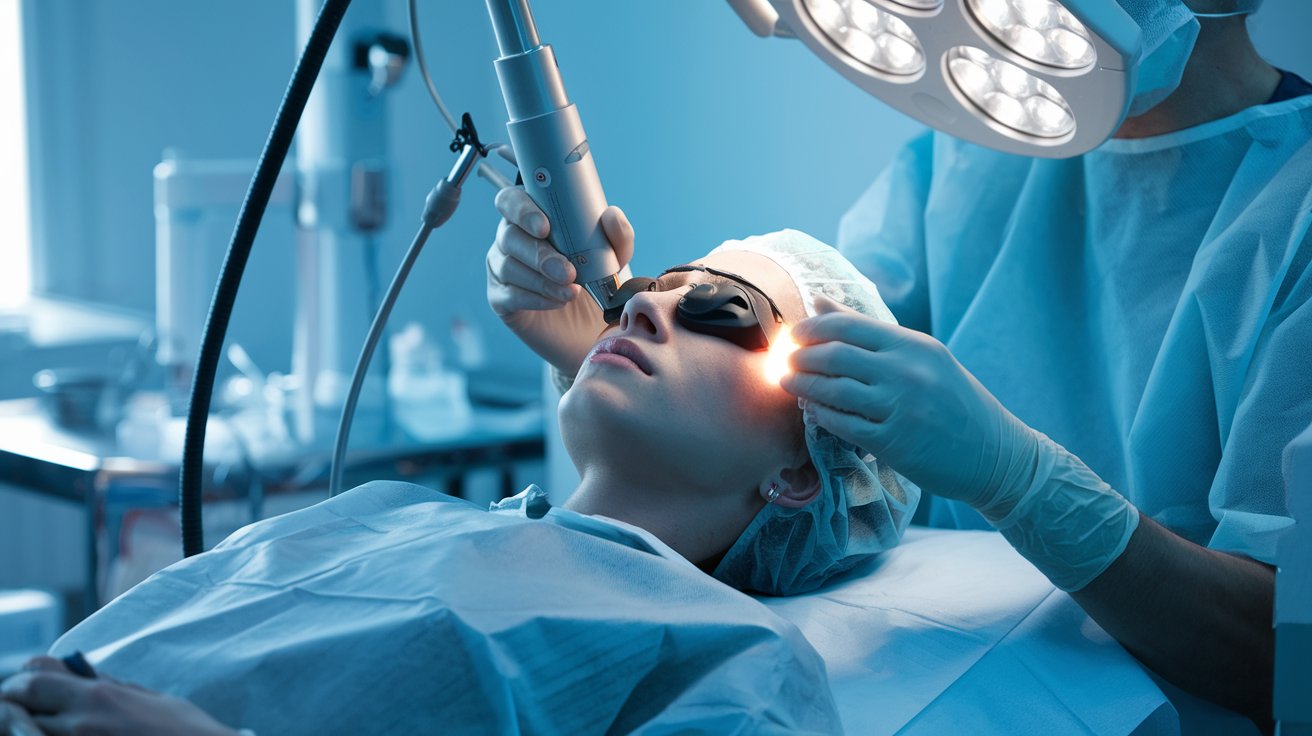Table of Contents
Drinking alcohol and driving can be a dangerous combination. You may wonder, How long after drinking can you drive? This article will explore the safe time to drive after drinking, explain how alcohol affects your body, and provide useful tips to ensure you stay safe on the road.
Why Timing Matters After Drinking

When you drink alcohol, it stays in your system for a while. The timing of when you can safely drive depends on various factors, such as how much you’ve had to drink and your body’s ability to process alcohol. This section will help you understand why waiting before getting behind the wheel is important.
How Alcohol Affects Your Body
Alcohol impacts your brain, slowing down your reaction time, affecting judgment, and impairing coordination. How long after drinking can you drive? These effects make it dangerous to drive soon after drinking. Your liver processes alcohol at a slow pace, usually around one standard drink per hour.
Factors That Influence Alcohol Absorption
Many factors determine how long alcohol stays in your system, such as:
- Body weight: Heavier people may process alcohol faster than those who weigh less.
- Gender: Women tend to process alcohol slower than men.
- Food intake: Eating before drinking can slow down alcohol absorption.
- Age: Older adults may take longer to process alcohol.
Knowing these factors helps you understand why the time to drive after drinking can differ for everyone.
How Long After Drinking Can You Drive?
Now, let’s answer the main question: How long after drinking can you drive? Your body needs approximately one hour to metabolize one regular drink. If you had three drinks, you must wait at least three hours before moving.
What Is a Standard Drink?
An average drink has about 14 grams of alcohol in it. This equals:
- 12 oz of beer
- 5 oz of wine
- 1.5 oz of distilled spirits
Understanding standard drink sizes can help you estimate how long you should wait after drinking before driving. Remember that stronger drinks, like cocktails, may contain more alcohol than a standard drink.
The Legal Limits for Alcohol in Different Countries
Each country has different laws about how much alcohol you can have in your blood while driving. These limits are measured as Blood Alcohol Content (BAC). Let’s look at a few examples:
- United States: The legal limit is 0.08% BAC.
- United Kingdom: The legal limit is 0.08% in England, Wales, and Northern Ireland but 0.05% in Scotland.
- Australia: The limit is 0.05% BAC.
- India: The limit is 0.03% BAC.
It would help if you stayed within these legal limits to avoid penalties. But even if you are under the limit, it doesn’t mean you’re safe to drive.
Signs You’re Not Ready to Drive After Drinking
While calculating how long to wait after drinking can help, there are other signs to watch for to ensure you’re ready to drive. These signs include:
- Drowsiness: Alcohol can make you feel tired. If you feel sleepy, it’s unsafe to drive.
- Blurred vision: If your vision is unclear, you must wait longer before driving.
- Poor coordination: If you’re having trouble walking or balancing, avoid driving until you return to normal.
The Risks of Driving After Drinking Too Soon

Alcohol consumption can raise the risk of accidents even slightly. If you drive too soon after drinking, you put yourself and others in danger. One of the main causes of traffic accidents globally is drunk driving.
Consequences of Driving Under the Influence
- Accidents: Alcohol impairs your judgment, making it easier to misjudge distances and react slower to road hazards.
- Legal penalties: Being caught driving over the legal limit can result in heavy fines, loss of license, and even jail time.
- Health risks: If you’re involved in a crash, the risk of serious injury or death increases dramatically when alcohol is involved.
How to Stay Safe After Drinking
If you’ve been drinking, it’s important to have a plan in place to avoid driving too soon.
- Use public transport: Take a bus, subway, or train if available.
- Get a ride from a friend: If you’re with others, ask someone who hasn’t been drinking to drive you home.
- Call a taxi or ride-sharing service: Services like Uber or Lyft are convenient options for a safe ride.
- Stay the night: If you’re at a party or friend’s house, it might be best to sleep over until you’re sober.
Having a plan in place ensures you won’t end up driving while intoxicated.
Also read: Can You Sue Someone for Giving You an STD? Discover Your Rights.
To sum up, how long after drinking you can drive depends on how much you drank, your body’s ability to process alcohol and other factors. Generally, wait at least one hour per standard drink before considering driving. However, it’s always better to be safe than sorry—if you’re unsure, avoid driving altogether and find an alternative way to get home.




